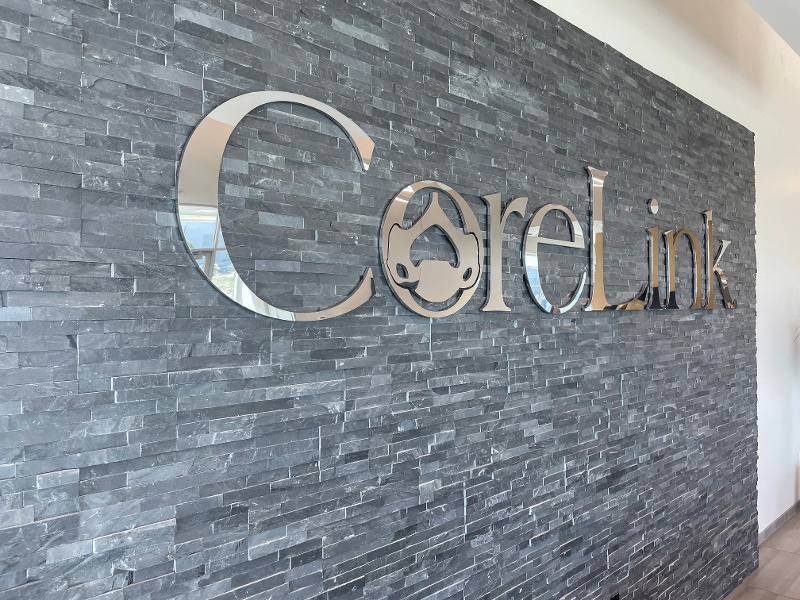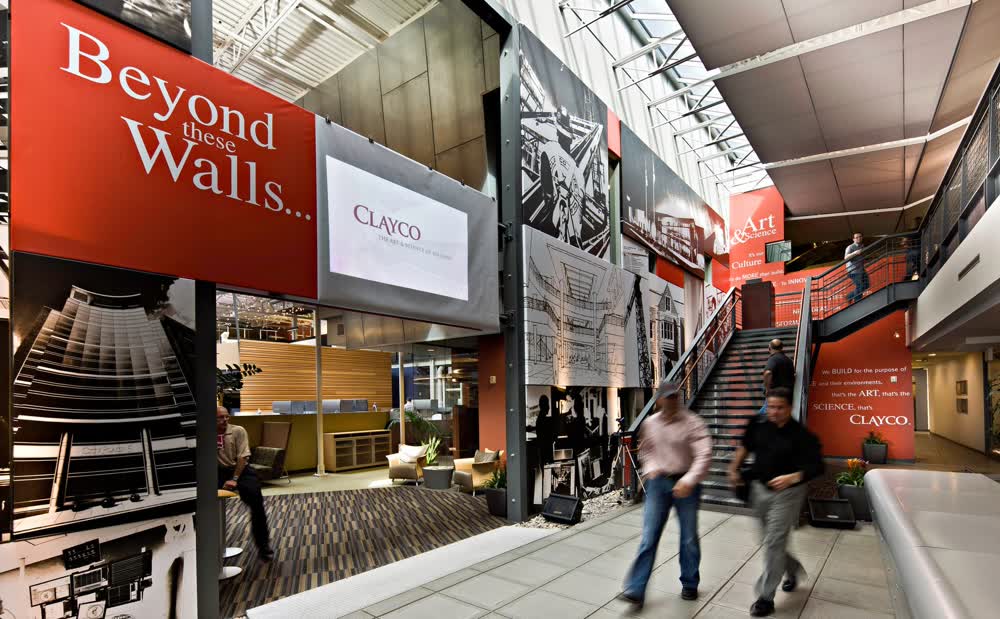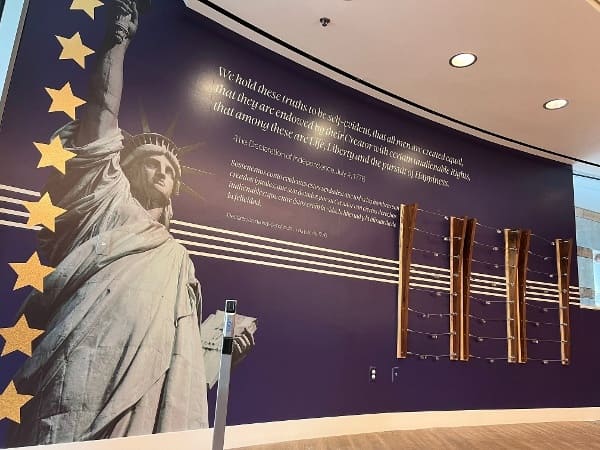3 min read
How to Highlight Your Non-Illuminated Signage
Craftsmen Industries Oct 18, 2022 4:44:00 PM


While digital signs are currently quite popular, non-illuminated signs can be just as noticeable and effective with the right design choices. On top of this, non-illuminated signage will cost less, you won’t have to fiddle with complicated LED boards, there’s no need for electricity, and there are fewer restrictions governing their installation.
Non-illuminated signs come in many forms, but unlike digital signs, they will not have an internal light source.
Types of Non-Illuminated Signage
- Letter Sets and Logos: These can be used inside or outside your building but are often found above entrances. You may choose to install spot lighting to further emphasize these signs.
- Awnings: Usually in the front of an establishment, these are great spots for branding and advertising your storefront.
- Interior and Exterior Wall Signs: The location will determine the size and best materials to select for signs.
- Wayfinding Signs: Directional signs safely and efficiently direct visitors through a space.
- Blade Signs: These are projecting or flag-mounted signs that stand out from walls, storefronts, and pillars. They are common on busy streets and in urban areas.
Reasons to use Non-Illuminated Signs
- Lower Cost: Non-digital signage often costs less to produce than digital signs.
- Flexibility in Function: Non-illuminated signs work great for both indoor and outdoor needs.
- Lack of Electricity Available: Non-illuminated signs do not need to be connected to an electrical source.
- Building or Code Restrictions: You may find that your business or area has more restrictions for electrical and digital signage.
- Sleek and Impactful Look: Non-illuminated signs can give a sleek, minimalistic look to your storefront signs or interior displays. There is no need to worry about malfunctions or burnt-out lights.
- Design Flexibility: Non-illuminated signs can be made from various materials and into any shape or form you require.
Tips for Making Non-Illuminated Signs Stand Out
1. Consider the Material
Non-illuminated signs can be made from a wide variety of materials depending on the placement and purpose. Here are some of the more popular options to consider.
- Brass or Bronze: These metal options can be polished, rough, or brushed depending on the design aesthetic.
- Aluminum: Aluminum signs are cost-effective and easy to fabricate. These are also a lighter metal option, suitable for interior usage.
- Stainless Steel: Steel lettering will be weather resistant and bold.
- Metal Laminate: A composite material, metal laminates are an inexpensive way to achieve the look of pure metal.
- Acrylic: Available in a variety of colors, acrylic is the perfect choice for matching existing branding. It is also a good option for both interior and exterior signage.
- PVC: PVC is a paintable and extremely flexible material, making it an affordable and highly customizable option.
- HDU (High-Density-Urethane): This is another paintable and affordable material to choose from.
2. Sign Placement
Consider the height and angle of your sign. Signs should be placed so as to align with customer viewing angles, which are typically around 45 degrees above or below average eye level.
If you’re mounting a sign outdoors, you’ll want to choose a spot that gets plenty of sunlight during the day. Without an interior light source on the sign itself, you will need to consider the available light sources in and around your business. If well-lit areas do not exist around your building, consider adding additional spot lighting for the sign.
3. 3-Dimensional Signs
Creating a sign with dimension will help it pop. Our eyes are drawn to depth and contrast, and a well-designed dimensional signage can be as effective as an illuminated sign.
Dimensional signs are useful on storefronts, as well as any other indoor or outdoor locations. There are many three dimensional options, but the main types include
- Pin Mounted Letters: These are letters individually cut out, molded, or cast and then mounted on a wall. These can be made from metal, acrylic, or plastic.
- 3D Channel Letters: These are three dimensional hollow letters, typically shaped of metal with colored acrylic faces.
- Dimensional Letter Signs: These are 3-dimensional letters attached to a one-dimensional sign.
- 3D Logos: Three dimensional signage isn’t only for lettering. Logos, including images, characters, and graphics, can be made into dimensional signs as well.
4. High Contrast
High contrast in sign design is always important, but especially so with non-illuminated signage. Contrasting colors are more likely to be seen at a distance or on a cloudy day. A sign’s readability owes a lot to the contrast of the text color against the background. Choose light or bright colors on a dark background or dark text against a white or light background.
You should also consider the building itself where the sign will hang. It needs to be in contrast with its surroundings. When hanging a storefront sign on a black building, a black or dark-colored sign is never going to be noticed.
5. Font Choice
Choice of font will also affect a sign’s readability, particularly when it comes to non-illuminated signs. You may wish to choose a unique and stylish complicated font to set your business apart, but simple fonts are the easiest to read. A swirly cursive font may not be legible to potential customers walking by.
Quality signage does the job of bringing attention to your business, attracting customers, and sharing helpful information and directions. If you decide to go with non-illuminated signs, keep these tips in mind to make sure your signs shine just as bright as illuminated options.

How Architectural Signage Can Enhance Your Building
What is architectural signage? Architectural signage refers to any sign that is added to the building's design. The term sounds vague but is often...

What Can Interior Signage Do For Your Business?
When it comes to choosing signs for your business, you may think that exterior signage is more important than the signs you are putting up inside...

